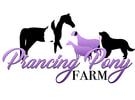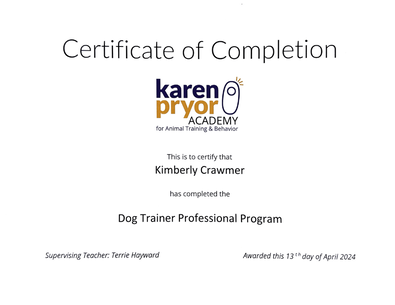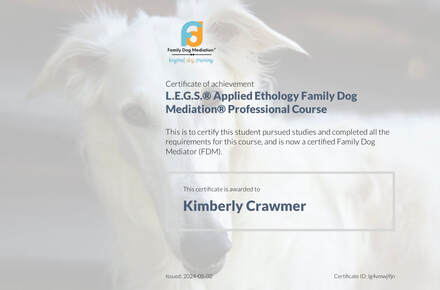Milking Miniature Dairy Goats
This is how we milk our goats and the products we use. There is no one “right” way to milk but this is what works for us. We’re just sharing it here for those who are new to milking goats. Feel free to adapt it to your needs or to scrap the whole thing and do what works best for you and your does.
Happy milking!
🐐🐐🐐🐐🐐🐐🐐
Happy milking!
🐐🐐🐐🐐🐐🐐🐐
- To get fresh, sweet milk you must be scrupulously clean and you need to get the milk chilled ASAP. Whether milking by hand or machine I bring the milk containers to the barn in a cooler with ice packs, to which I add cold water when I’m done milking. This allows me to finish barn chores while the milk starts chilling. I keep our fridge on 33 degrees and have a special shelf for chilling so the milk cools down fast.
- I secure the doe onto my milk stand. I've tried several and the one I prefer is the one from Premier 1 Supply because it's several inches higher than the other stands, which is great for reaching under those short goats. And it has a detachable ramp for "well conditioned" (fat) goats who can't jump.
- If the doe is kicky I tie her back legs to the stand with short goat leads attached to snaps. This avoids a foot in the milk, and tears over spilt milk.
- To keep the doe happy on the stand we feed plain whole oats or rolled barley. No GMO laden "goat chow" for our goats!
- I only milk into seamless stainless steel containers or glass mason jars. Plastic is porous and holds odors and bacteria and isn’t suitable for milking, except for if you are immediately feeding it to animals, which I sometimes do if I’m in a hurry or don’t need the milk for human use that day. But for human use sterilized SS or glass is a must. I usually milk into quart or half gallon glass mason jars if hand milking. I often milk one handed into a stainless steel frothing pitcher or a small glass jar and pour it every so often into a bigger jar, which is sitting in a cooler with ice and water, as I go. I may even have my strainer in the jar and strain as I pour. It's a bit slower to milk one handed but I'm less likely to lose milk. My Simple Pulse milking machine will milk into glass jars or a SS bucket and has a built in strainer. (I switched out the inflations that came with the Simple Pulse for the Top Flo Z Nigerian inflations from Hamby Supply and they rock! They get way more milk than the SP ones and are easier on the doe's teats.)
- Properly cleaning the udder before milking is a must. I spray the udder with teat wash and clean with a baby wipe or paper towel. (I also wash my hands before milking and as needed during the process.)
- After cleaning the udder I milk the first few squirts from each side into a dish for the cats, inspecting it for any clumps or anything. (Venda, our tortoise shell barn cat, is my faithful milking buddy!) If all is good I proceed with milking.
- I milk the doe by hand or machine, making sure to empty the udder. After I'm done milking I spray with Fightbac spray.
- I take the milk to the house. If I hand milked I strain the milk. My Simple Pulse machine has a strainer in the lines.
- I store the milk in glass 1/2 gallon jars with plastic lids, in my fridge set on 33 degrees. I write the day on the lid with a dry erase marker so I can use old milk first. I have a chiller shelf in the fridge so the milks gets cold fast.
- If I used my Simple Pulse I clean it after I process the milk. I use dairy detergent and sanitizer and it only takes about 5 minutes to clean. You can also use dish soap and chlorine bleach.





